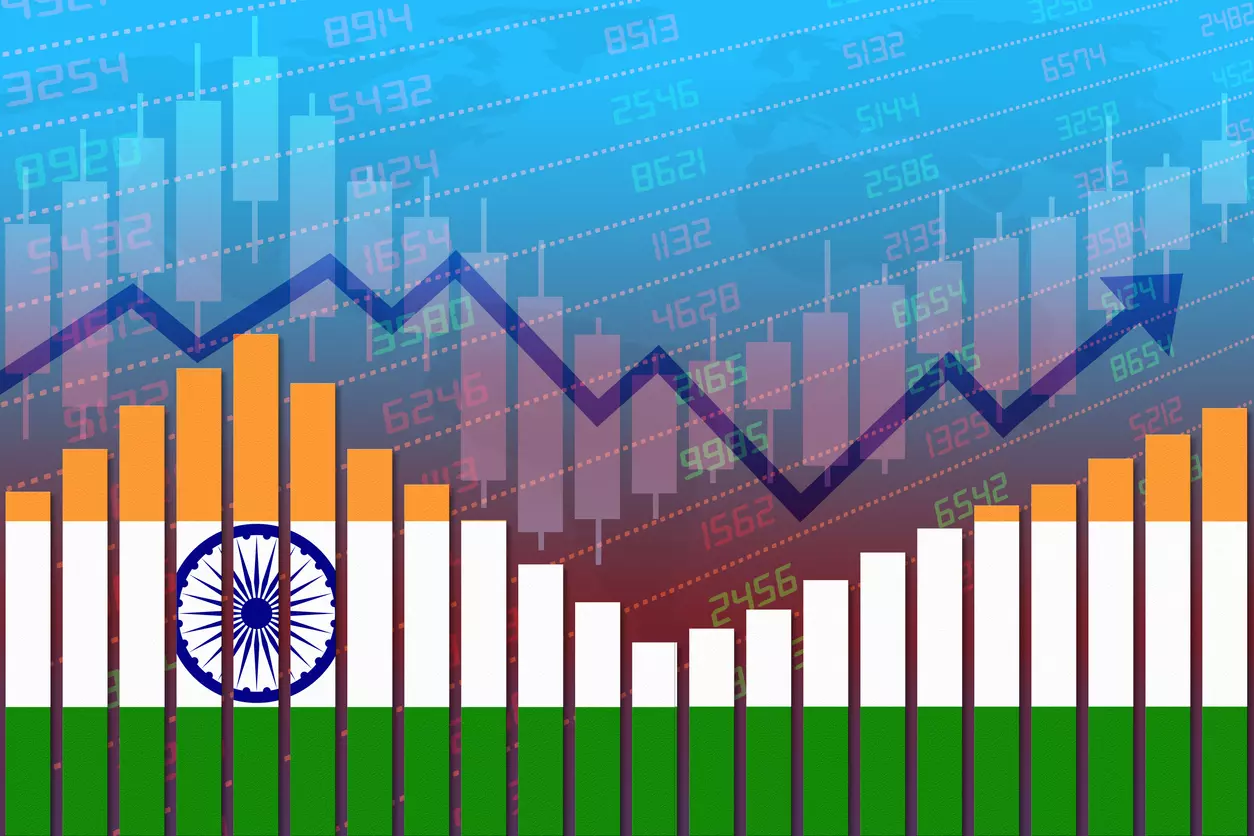
Economic Survey: Recovery uneven, manufacturing faces challenges
The Economic Survey 2024-25 shows uneven recovery in the services sector, robust growth in agriculture, and moderated expansion in manufacturing

The Economic Survey for 2024-25 has said that the recovery in the services sector has been uneven.
However, financial real estate, and professional services led the rebound, surpassing pre-pandemic trend levels by the end of FY23. Public administration, defense, and other services followed, exceeding pre-pandemic trends for the first time in Q1 FY25, the Survey said.
But trade, hotels, transport, and communication services are still catching up. These contact-intensive industries faced prolonged disruptions due to lockdowns, travel restrictions, and weaker demand for hospitality, entertainment, and personal services.
During this period, agriculture and services emerged as key drivers of economic growth. However, overall expansion was tempered by a slowdown in industrial activity, particularly in manufacturing, which struggled with weakening global demand and supply chain disruptions, the report said.
Improved agricultural prospects in FY25
Agricultural growth remained steady in H1 FY25, with Q2 recording a 3.5% increase—an improvement over the previous four quarters. This was supported by a strong Kharif harvest, above-normal monsoons, and adequate reservoir levels. According to the first advance estimates for 2024-25, total Kharif food grain production is expected to reach a record 1,647.05 lakh metric tonnes (LMT), marking a 5.7% increase over 2023-24 and 8.2% above the five-year average. This rise is primarily driven by higher output of rice, maize, coarse grains, and oilseeds.
The Economic Survey said a normal southwest monsoon in 2024 has helped replenish reservoirs, ensuring sufficient water for irrigation during the Rabi season. As of January 10, 2025, wheat and gram sowing had increased by 1.4% and 0.8%, respectively, compared to the previous year. These positive agricultural trends are also expected to ease food inflation pressures over the coming year.
Also Read: Economic Survey LIVE | GDP growth of 6.3 to 6.8 pc projected for FY26
Manufacturing sector growth moderates
The industrial sector grew by 6% in H1 FY25. Q1 saw a robust 8.3% expansion, but growth moderated in Q2 due to several factors. First, manufacturing exports declined due to weaker demand from key markets and aggressive trade policies in major economies.
Second, while above-average monsoons replenished reservoirs and benefited agriculture, they also disrupted mining, construction, and some manufacturing activities. Third, a shift in the timing of festive seasons between September and October affected growth momentum in Q2 FY25, the report said
Disaggregated data highlights mixed performance within the manufacturing sector. Some industries continued to expand, while others faced headwinds due to global and seasonal factors. Oil companies struggled with inventory losses and lower refining margins, while steel manufacturers contended with falling global prices.
Also Read: Income-tax | Direct Tax Code should bring overhaul, not cosmetic changes
The cement industry experienced weak demand in Q2 due to heavy rains and lower selling prices. However, with the monsoon season ending and government capital expenditure expected to rise, a recovery in cement, iron, and steel is likely. Additionally, mining and electricity sectors are expected to normalize post-monsoon disruptions.
Despite these challenges, India continues to register the fastest growth in manufacturing PMI. In December 2024, the index remained well within expansionary territory, surpassing its long-term average. This was driven by strong domestic demand, new business gains, and effective advertising. Meanwhile, international orders reached a four-month high, signaling a recovery in external demand, the Economic Survey which was presented in Parliament on Friday said.
Services sector growth
High-frequency indicators suggest that services sector growth remained strong in H1 FY25. PMI services consistently stayed in expansionary territory, supported by rising new orders, increased output, improved sales, and higher employment generation. The hospitality industry performed well, with hotel occupancy rates in H1 FY25 matching those of the previous year. Average daily room rates and revenue per room rose, fueled by increased corporate and leisure travel.
Also Read: Budget | Can I-T relief spur squeezed urban consumers to spend more?
Air cargo double digit growth
Air cargo activity recorded double-digit growth, while port traffic remained stable. The IT sector also showed improvement compared to the previous quarter.
According to the RBI’s Industrial Outlook Survey, manufacturing firms reported improved expectations for production, order books, employment, and overall business conditions for Q4 FY25 and Q1 FY26. This optimism reflects better demand conditions in Q3 FY25, with further improvements anticipated in the next quarter.

